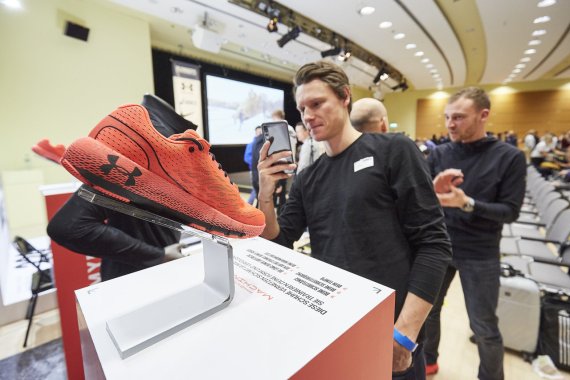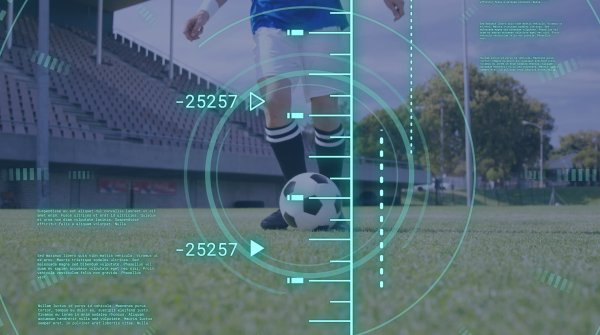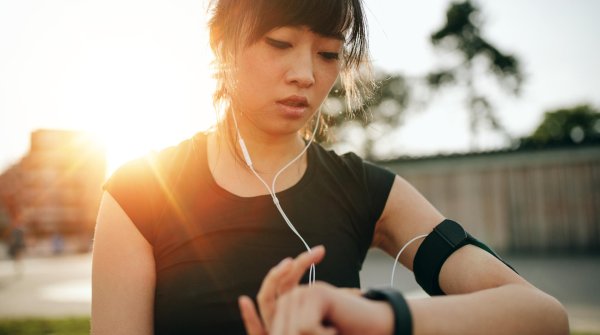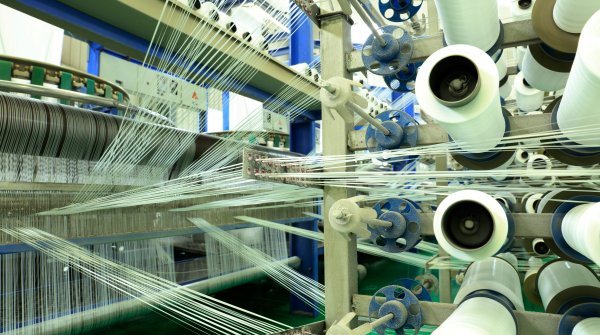
Wearable computing devices (wearables) are small electronic devices that are worn on the body, measure physical activity and other processes with one or more sensors, and transmit this data to a smartphone or similar device via an interface. An application then processes this data and makes it usable for the wearer. The respective wearable providers also have the option of collecting, storing and using this content.
But the technical progress in the wearable market is great. As was already clear at this year's Wearable Technologies Conference, a conference for innovative wearable technologies, manufacturers are bringing more and more new technologies for recording a wide variety of body and movement values onto the market. This is also reflected in the development of sales in the wearable industry. Experts expect global sales of around $52 billion in 2020 and just under $63 billion the following year. That would mean an increase of almost 100 percent within three years from 2018 to 2021.
The best-known and most successful devices in this field are smartwatches and fitness trackers. For the functionality of the wearables and the apps, the operators usually collect the following data from these models:
- Time
- Location (GPS)
- Heart rate
- Blood pressure
- Sleep patterns
- Calorie consumption
- Pedometer
- and many more.
In addition to smartwatches, many fitness trackers are also becoming smart and provide information about incoming calls, upcoming appointments, messages and notifications from social networks. With all this information, a personal profile of a person can be created. This is not prohibited by law, only the automated processing of the data is restricted.
#beresponsible - The ISPO Munich 2020 in Pictures
In addition to the type of data, the way in which the data is sent is of course also important. Logically, the data is collected in the wearable itself. The raw data created by the sensors is then usually transmitted to the user's smartphone via Bluetooth. There, the user can then view them in evaluated form. But this is not the end of the road. Most manufacturers collect and store all the recorded data in a cloud.
Topher Gaylord, Kaitlyn Carpenter and Joshua Rattet from Under Armour spoke at ISPO Munich 2020 about their "Connected Fitness" project, which has grown more and more in recent years. The company already collects two million running miles of data a day with its "Map my Run" app. With a new running shoe, the Hovr, the company now even has a shoe on the market with a chip built into the sole: "This provides immediate feedback on cadence. As a runner, you can then adjust directly as you run," says Carpenter.
With regard to data security and possible user fears of disclosure, she replies: "That is regulated differently in each country. But in general, we don't sell any data."
But that can happen differently with other providers. If you want to be sure, you often have no choice but to rely on the manufacturer's statements or to study the terms and conditions and privacy policy carefully.
For almost no one is this health data as interesting as for health insurance companies. Not only when taking out insurance, but also during the term of the contract. That's why some already offer rewards for members who provide their data.
Generali already has such a rate on offer for occupational disability and term life insurance. Health insurance is expected to follow soon. According to Generali Germany's managing director, the focus here is on the customer's health: "Our aim is really to motivate customers to live healthier lives. It's really a win-win situation."
However, opinions on the subject are divided. Some see the old and sick at a disadvantage. Kai Vogel, head of the health and care team at the Federation of German Consumer Organizations, rejects such offers in principle: "According to the current principle, the young and healthy finance the old and sick. But as soon as an insurance company has enough data to calculate the individual risk in each case, this basic principle is dissolved. Those who are sick or weak should not be penalized for it."
Lawyer and data protection expert René Leimnitz explains in an interview with ISPO.com that in the future it could happen, for example, that you no longer get certain insurance policies because of your health data or that you have to pay higher premiums if you don't let yourself be tracked. That's why, according to Leimnitz, it's important that companies remain transparent in this regard and show wearables users what data is being recorded and what it's being used for.
Despite privacy concerns, wearables also offer great potential. It has long been obvious that the technology will open up many new areas of application in the future. In the medical field in particular, there are many opportunities for development. Sensors can detect diseases at an early stage and support medical care.
In addition, more and more companies are developing clothing equipped with sensors and smart fibers that offer completely new possibilities. In addition to recording classic health data, the smart garments can also detect movements and touches. This offers ideal opportunities for recording and optimizing motion sequences in certain sports.
The wearable industry is still in its infancy. The potential is great, but with progress will also come new data protection issues. For this very reason, it is always important to keep an eye on what the data is being used for.
"When buying a wearable, it is therefore worth taking a look at the terms and conditions and privacy policy," suggests René Leimnitz, a lawyer at law firm Imdahl & Leimnitz. "Attention should always be paid to the options for deleting the collected user data in order to avoid possible future disadvantage. In addition, there is always the right to request the stored data from the manufacturers."
 SportsTechUnlocking the Future of Sports with AI
SportsTechUnlocking the Future of Sports with AI
- ISPO awards
- Mountain sports
- Bike
- Design
- Retail
- Fitness
- Health
- ISPO Job Market
- ISPO Munich
- ISPO Shanghai
- Running
- Brands
- Sustainability
- Olympia
- OutDoor
- Promotion
- Sports Business
- ISPO Textrends
- Triathlon
- Water sports
- Winter sports
- eSports
- SportsTech
- OutDoor by ISPO
- Heroes
- Transformation
- Sport Fashion
- Urban Culture
- Challenges of a CEO
- Trade fairs
- Sports
- Find the Balance
- Product reviews
- Newsletter Exclusive Area
- Magazine




















